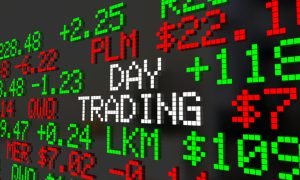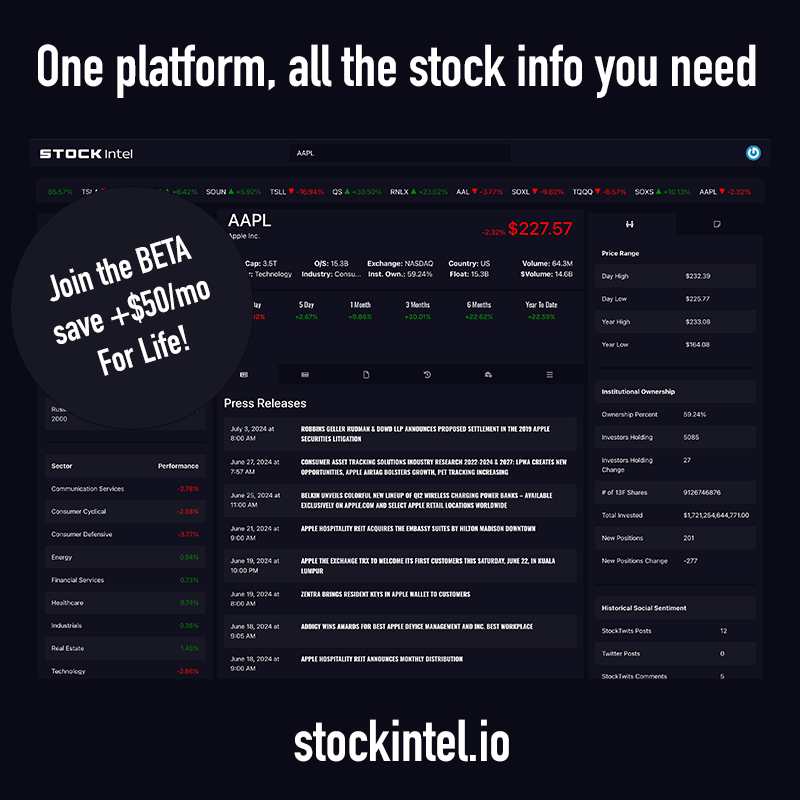The Bid-Ask Spread is the difference between the highest price a buyer is willing to pay for an asset (the bid price) and the lowest price a seller is willing to accept (the ask price). This spread represents the transaction cost for trading an asset and is a key indicator of the asset’s liquidity in the market.
Key Aspects of the Bid-Ask Spread:
- Bid Price:
- Definition: The bid price is the highest price that a buyer is willing to pay for a particular asset, such as a stock, bond, or commodity.
- Example: If an investor wants to buy shares of a company, they might see a bid price of $100, meaning that is the highest price someone is currently willing to pay for the shares.
- Ask Price:
- Definition: The ask price (or offer price) is the lowest price that a seller is willing to accept for the same asset.
- Example: If the ask price for those shares is $102, that is the lowest price at which someone is currently willing to sell their shares.
- Spread Calculation:
- Definition: The bid-ask spread is calculated as the difference between the ask price and the bid price.
- Formula:
$$ \text{Bid-Ask Spread} = \text{Ask Price} – \text{Bid Price} $$
- Example: If the bid price is \$100 and the ask price is \$102, the bid-ask spread is \$2.
- Liquidity Indicator:
- Definition: The size of the bid-ask spread is often used as an indicator of an asset’s liquidity. A smaller spread typically indicates a more liquid market, where there are many buyers and sellers, and transactions can be completed quickly with minimal price impact. A larger spread suggests lower liquidity, where buying or selling the asset may require accepting a less favorable price.
- Example: Major stocks traded on large exchanges usually have very small bid-ask spreads, often just a few cents, indicating high liquidity.
- Market Impact:
- Definition: The bid-ask spread represents the cost of trading. When an investor buys an asset at the ask price and sells it at the bid price, the difference between these two prices is the immediate cost or loss incurred due to the spread.
- Example: If you buy a stock at \$102 (ask price) and sell it immediately at \$100 (bid price), you incur a \$2 loss per share due to the bid-ask spread.
- Factors Affecting the Spread:
- Liquidity: High liquidity, where there are many buyers and sellers, usually results in a narrower spread. Conversely, low liquidity can lead to a wider spread.
- Market Conditions: Volatile market conditions or times of economic uncertainty can increase the bid-ask spread as market participants become more cautious, leading to fewer transactions and a greater disparity between the prices buyers and sellers are willing to accept.
- Asset Type: Highly traded assets like major currency pairs in forex or blue-chip stocks generally have narrower spreads compared to less frequently traded assets like small-cap stocks or exotic currencies.
- Role of Market Makers:
- Definition: Market makers are financial institutions or individuals that facilitate trading by providing liquidity. They do this by constantly quoting both bid and ask prices for assets they trade, profiting from the bid-ask spread.
- Example: A market maker might simultaneously quote a bid of \$100 and an ask of \$102 for a stock, ensuring that buyers and sellers can execute trades efficiently.
Summary:
The Bid-Ask Spread is the difference between the highest price a buyer is willing to pay (bid price) and the lowest price a seller is willing to accept (ask price) for an asset. It is a key measure of market liquidity and trading costs. Narrow spreads indicate high liquidity and lower transaction costs, while wider spreads suggest lower liquidity and higher costs. The bid-ask spread is influenced by factors such as liquidity, market conditions, and the type of asset being traded, and it plays a crucial role in the functioning of financial markets.







